Village of the Week: Thornton is the home of the Bronte sisters and full of history
Although Thornton, six miles west of Bradford but heading towards the hills, was mentioned in The Domesday Book, there is little mention of a simple life of agriculture and country ways.
Thornton derives from Old English and means a thorn tree at a farm or settlement but it is the onset of industrialisation and the development of mills, factory and a more urban way to live that Thornton found its way.
Advertisement
Hide AdAdvertisement
Hide AdIts elevation, poor soils, isolation from major transport routes, and rainfall of more than 34 inches a year limited farm production.
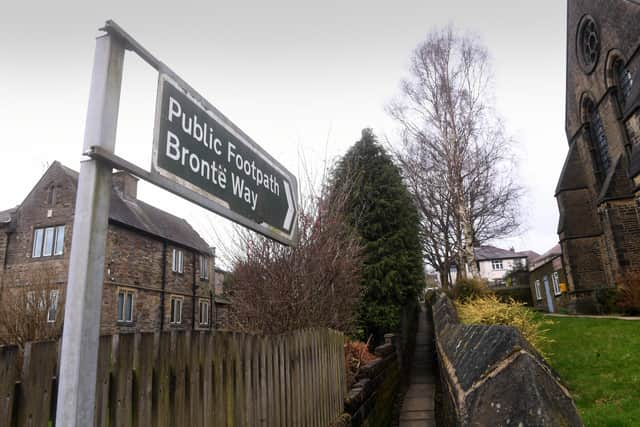

However, coal, iron and sandstone, the development of turnpike roads, and the arrival of the railways changed the game for Thornton.
The wool and textile trade was booming and places like Thornton, valleys near cities and close to water sources, made the ideal place to set up steam-powered mills.
One of the most obvious legacies of this time and one that Thornton can boast proudly of, is its viaduct.
Advertisement
Hide AdAdvertisement
Hide AdWe may think that in 2024 we are an advanced nation with the very best of technology and in the terms of construction nothing is impossible – but structures such as this are almost humbling.
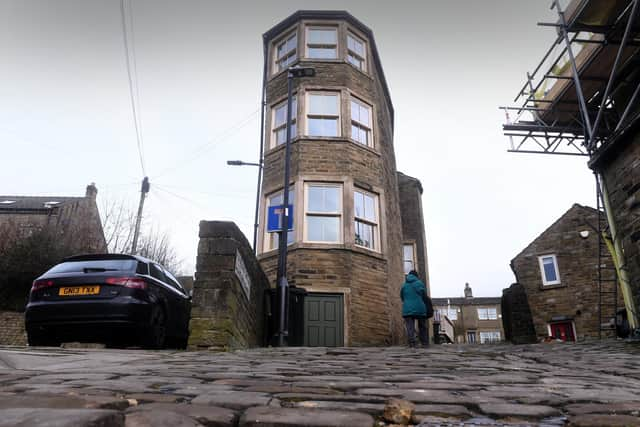

Don’t you always wonder how 150 years ago these things were constructed? I don’t imagine there will have been computer generated images and the machinery wasn’t kitted out with power steering and hydraulics so to build something of this volume and status that is still standing today with man power is quite staggering.
Thornton viaduct was built around 1876-78, of sandstone "brick" with 20 semi-circular arches.
The viaduct was part of the GNR's Queensbury Lines running between Queensbury and Keighley. It stopped carrying passengers in 1955 but remained open to goods until the 1960s.
Advertisement
Hide AdAdvertisement
Hide AdIt became Grade II listed in the 1980s and in 2008 the viaduct was reopened as a cycle and footpath route on part of the The Great Northern Railway Trail which is from Bradford to Keighley. Various sections of the old railway have been made accessible again and in time it is hoped the full six mile stretch will be navigable for walkers and cyclists.
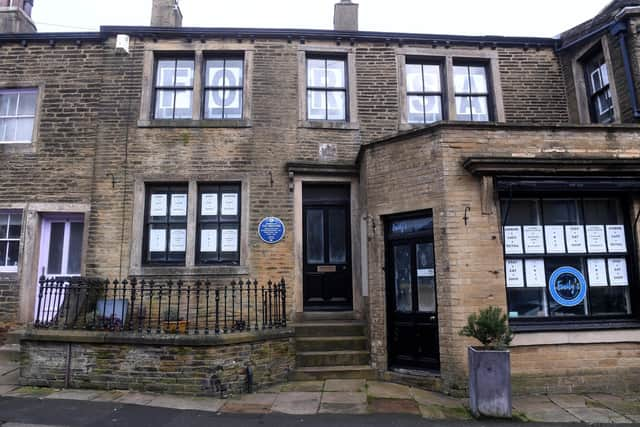

Another structure of note is the house named Coffin End. The unusual shaped building is at the end of a row just off Market Street and is a bit of a landmark in the village.
It gets its name, as you’d think, because the building is shaped like a coffin, It was built in the early 1800s and used to be a pub called The Star before it was turned into residential accommodation to which it remains today.
The Bell Tower is also worth a look for those interested in Thornton in days gone by.
Advertisement
Hide AdAdvertisement
Hide AdPrior to the construction of the current parish church, St James’, The original ancient church of St James was known locally as the Bell Chapel.
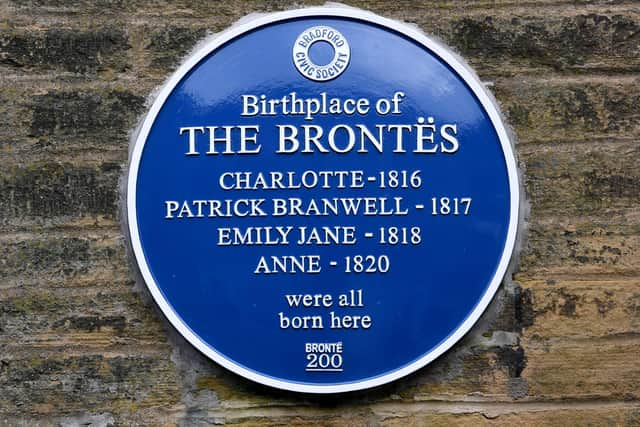

It was built between 1587 and 1612, but underwent many alterations in the years leading up to the appointment of Patrick Bronte as parson in March 1815.
We will come back to him but when the new church opened in 1872, the Bell Tower became disused and fell into a state of disrepair with little of it remaining.
Thornton became a civil parish and in 1899, the village became incorporated into the city of Bradford and by 1951 there was a population of nearly 7,000 people.
Advertisement
Hide AdAdvertisement
Hide AdThe second world war, the decline of the railways due to the increase in motor transport and the decline in manufacturing and mills as a result of foreign imports were now starting to change the village again.
Modern housing began to pop up on the outskirts of the village and further local government reorganisation saw to it that the parish of Thornton was abandoned in 1974 to make way for the City of Bradford metropolitan borough.
Nowadays Thornton, when it comes to council boundaries is part of the Thornton and Allerton ward which pushed the population up to 15,000.
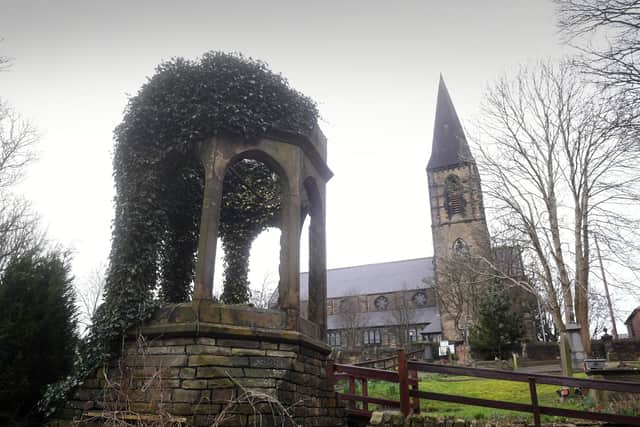

It is also extremely popular with visitors, tourists and literary fans.
Advertisement
Hide AdAdvertisement
Hide AdLittle did three sisters know that novels and poems they wrote in West Yorkshire would propel them to stratospheric fame after their deaths.
Patrick Brontë became the parish priest at Thornton in 1815 and it was in a house in the village that the famous sisters Charlotte, Emily and Anne, along with brother Patrick were born before they left in 1820, when their father was appointed curate at Haworth.
The property went up for sale last year after the current owner, surveyor Mark de Luca, who bought it in 2013, decided it was unviable to re-open the Brontë-themed coffee bar, Emily’s, that he had been running from the building after the business suffered losses during Covid.
Brontë Birthplace Ltd supporters had tried to buy it before the de Lucas moved in, but had a £300,000 offer accepted on the terraced house that was built in 1802.
Advertisement
Hide AdAdvertisement
Hide AdIt has had many commercial uses over the years – including as a restaurant and a butcher’s shop – and although the crime novelist Barbara Whitehead restored the property and ran a small museum in the 1990s, she sold up in 2007 and died four years later.
Brontë Birthplace Ltd will restore the house and open it as a community and educational space where young people in particular can seek inspiration from the three writing sisters.
It is fitting that, as they used their works to write about social injustice and discrimination on the grounds of gender, race, poverty and background, then, that a lot of the effort that has gone into obtaining the house has been made possible by Bradford becoming the UK’s City of Culture for 2025.
School children will be invited to take part in an education programme when they can visit the birthplace, enter into age-appropriate learning and be inspired by the three sisters who were told they couldn’t, yet did.
Comment Guidelines
National World encourages reader discussion on our stories. User feedback, insights and back-and-forth exchanges add a rich layer of context to reporting. Please review our Community Guidelines before commenting.
